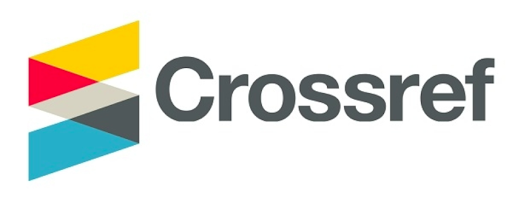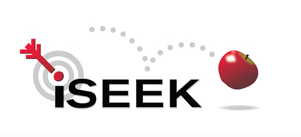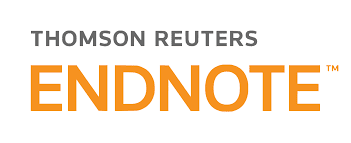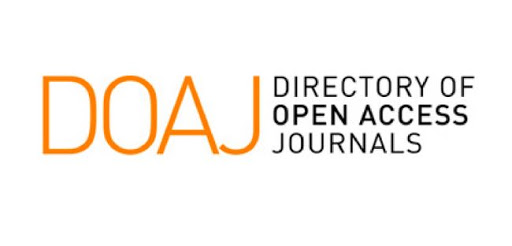Aim & Scopes
Sapporo Medical Journal aims to distribute and expand medical data to the World as well as build a supportive and vibrant community of researchers to connect and explore ideas by publishing articles related to all fields of medicine. Sapporo Medical Journal believes that quality and ethical research. The journal seeks to publish original research articles that are hypothetical and theoretical in its nature and that provide exploratory insights in the following fields but not limited to:
LATEST PUBLISHED PAPERS

Abstract : A worker is an individual who does work for life and is a social being who lives a family life [1]. Roles as workers and family members will experience conflict if not managed properly. When workers encounter a problem at work, it can negatively influence their lives and cause work-family conflict [2]. The contradictions between work and family happenings found by workers can also be the main reason for it [11]. This cross-sectional study determined the relationship between work type and family conflict. Work type and family conflicts were taken from the 2021 National Population and Family Planning Agency (BKKBN) in Tangerang Regency and South Tangerang City, where 1,048,573 data were obtained and spread across ten types of work, including those who are unemployed or serve both as heads of families and homemakers. Based on the results of the tests conducted, the relation result between the type of work and the incidence of family conflict were as follows: without greeting (for three consecutive days) p = 0.068, domestic violence p = 0.737, leaving the house/running away (for two consecutive days) p = 0.347, and separate beds between husband and wife (for seven consecutive days) p = 0.141. These data show no significant relation between work and the incidence of family conflict among the Tangerang population. However, the writer suggests researching more diverse types of family and work-family conflicts and covering all the problems that can arise in families.

Abstract : Abstract— Background: SARS-CoV-2 patients with obesity have a high risk for severe and critical clinical conditions that require intensive care and have a poor chance of outcome. The aim of this study was to determine association of obesity with length of stay and mortality of SARS-CoV-2 patients in a national referral hospital Indonesia. Methods: This study used a retrospective cohort. The research sample was SARS-CoV-2 patients who were treated by pulmonary specialists in the intensive room of Dr. M. Djamil Hospital Padang. The number of samples in this study was 100 subjects. The inclusion criteria in this study were patients aged > 18 years and patients with severe and critical clinical SARS-CoV-2 confirmed who were undergoing treatment in the SARS-CoV-2 isolation intensive room for the period January – December 2021 and there were data on weight and height in the initial assessment on medical record. Data analysis was performed using the Chi-square test. P < 0.05 was significant, and the data were analyzed using the SPSS version 21.0 program. Results: SARS-CoV-2 patients with obese who had a length of stay ≥ 14 days (25.0%) more than non-obese (9.6%). This study found that there was an association between obesity and length of stay of SARS-CoV-2 patients (OR = 3.13, 95% CI 1.01-9.70). The majority of obese patients died (81.3%) more than non-obese (57.7%). This study found that there was an association between obesity and mortality of SARS-CoV-2 patients (OR = 3.18, 95%

Abstract : WHO has identified Diabetes Mellitus (DM) as a neglected, significant, and re-emerging risk of tuberculosis (TB). This study aims to analyze factors influencing the incidence of TB among Diabetes Mellitus (DM) patients in Indonesia. A quantitative cross-sectional design was used in this research with secondary data from Indonesian Basic Health Research (Riskesdas) 2018. The data analysis conducted by using univariate, bivariate and multivariate analysis. The distribution of each variable were described by univariate analysis. Bivariate and multivariate analysis showed the risk factor and the most dominant factor that significantly associated with TB incident among DM Patient in Indonesia. This study found that 0,67% (n = 247) of respondents (n= 37,460) who diagnosed with TB and respondents who diagnosed with DM are 2,8% (n=1,061). The bivariate analysis found that smoking history (p-value = 0,035), diagnosis of cancer (p-value 0,017), and poor ventilation (p-value = 0,017) are the risk factor that significantly associated with TB incident among DM Patient in Indonesia. Diagnosis of cancer is the most dominant factor that influencing incident of TB among DM Patients in Indonesia (sig 0.011 <0.05). The need for further research on cancer following TB diagnosis to maximize the effective screening and early detection strategies.

Abstract : — Background: Olfactory meningiomas are rare tumors originating from olfactory groove dura cells, accounting for a small percentage of intracranial meningiomas. They present with visual disturbances, olfactory dysfunction, and severe headaches. Diagnosis is made using MRI, showing well-defined masses with specific enhancement patterns. Multidisciplinary management involves surgical resection while preserving neurological function. We present a case of a giant olfactory meningioma complicated by a postoperative brain abscess, emphasizing the significance of timely recognition and treatment of infectious complications. Case Presentation: A 58-year-old male with worsening symptoms of severe headaches, visual and olfactory disturbances, and declining visual acuity was diagnosed with a giant olfactory meningioma. MRI revealed a large tumor in the olfactory groove, compressing surrounding structures. A multidisciplinary team planned a bifrontal craniotomy for maximal safe resection. Postoperatively, the patient developed fever, headaches, and confusion. Imaging confirmed a brain abscess at the surgical site, likely due to infection. Empiric antibiotics were initiated, and a stereotactic aspiration was performed, yielding Staphylococcus aureus growth. Antibiotics were adjusted accordingly, leading to gradual improvement in the patient's condition. Intravenous antibiotics were continued for two weeks, and close monitoring for treatment response and residual deficits was conducted.

Abstract : Morea (Angola bicolor) and moringa leaves (Moringa oleifera) a high-protein and essential amino acid foods that can be processed into nuggets so that they can be used as an alternative high-protein snack. The research objective was to analyze the acceptability of the Morea Nugget formulation with the addition of moringa leaves. This study used a completely randomized design with three treatments and three repetitions. Consumer acceptance was carried out by 50 teenagers, aged between 16-19 years, with an average age of 17.8 years, who were high school students in Ambon city. The consumer test was carried out in an individual sensory booth, which consisted of 3 sessions, tasting the 1st nugget formula, 2nd nugget formula, and 3rd nugget formula with a 10-minute break between them. During the tasting, participants were required to fill out a hedonic test questionnaire that asked about preferences for the color, aroma, taste, and texture of the nuggets using a 7-point hedonic scale from 1-“Dislike very much” to 7-“Like very much”. Data were analyzed by Friedman's test at a 95% confidence level. The average consumer's acceptance of color, aroma, taste, and texture is between slightly moderate and like moderate. Results showed that there was an effect of the composition of morea, moringa leaves, and wheat flour on the acceptability of the color, aroma, taste, and texture of the nuggets. The acceptability of morea nuggets with the addition of moringa leaves from the aspects of color






















